The watermelon's botanical name, Citrullus vulgaris, comes from the diminutive form for citrus fruit, referring to the color and shape of the fruit, vulgaris meaning widespread or common fruit. The interior of this juicy fruit is over 90% water.
Native to Africa, the watermelon is a valuable and portable source of water for the desert or in situations where natural water bodies have been contaminated. Watermelons were grown in Egypt and India as early as 2500 BC, as indicated by ancient hieroglyphs.
More than five hundred watermelon varieties grown all over the world provide a very wide variety for consumers in terms of sizes, shapes, colors. Watermelons generally fall into two categories: for cold storage and for picnic. The cold storage category is related to the size of the watermelons, ranging from 3 to 8 kg. The picnic category includes the larger watermelons, weighing from 8 to 30 kg.
The most common are watermelons with a bright reddish-pink texture with black seeds, but there are also white, pink, yellow and orange varieties, with and without seeds. Color, size and shape have little effect on the flavor of watermelons among different varieties.
Watermelon season starts from the month of May and lasts until September, but its peak is mid-June to the end of August. Picked before they are fully ripe, watermelons will never develop their full flavors. A whole watermelon needs to be refrigerated and lasts about a week.
Composition of watermelon
Water makes up 92% of the watermelon's mass, making it the wateriest fruit among other fruit. An interesting fact is that even watermelon seeds are rich in proteins and fats and vegetable oil is made from them. Watermelon is rich in vitamin C, high doses of potassium, is a source of fiber and watermelon seeds contain the substance cucurbocitrin.
Flavorful watermelon surprisingly has only half the sugar content (5%) of an apple. Watermelon contains only 80 calories, does not contain any fat and cholesterol. Watermelon has been found to be a very nutritious fruit, a source of large doses of vitamin A, fiber, calcium and iron.
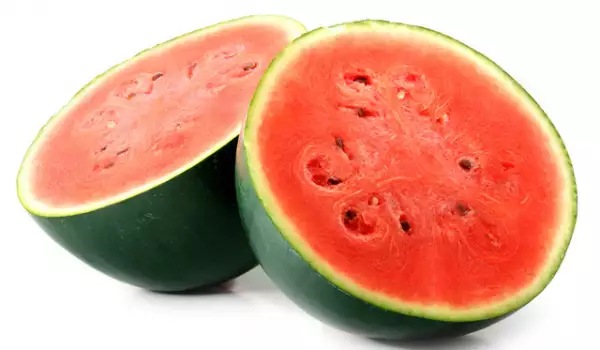
Watermelon is a source of lycopene that has been studied and found to help protect against tumors. By eating a sweet watermelon, we will be full and absorb a minimal amount of calories, it will fill part of our needs for dietary fiber, 25% of the required daily dose of vitamin C, 20% of the required daily dose of vitamin A, 20 g of sugar and one g of protein.
Choosing and storing watermelon
There is no 100% sure technique that can help you recognize delicious watermelon. However, there are some tricks that we can use to help ourselves when choosing a watermelon. The first and most important thing is to look at the stem of the fruit - if the watermelon is nice and ripe, the stem should be slightly dried and shriveled, not green and fresh. The second step is to tap the watermelon.
If you hear a hollow, dull sound, the fruit you are about to buy is probably not good. The tapping should tell you that the contents of the watermelon are solid and this should be reflected in a clean and clear sound after tapping. Other signs of a ripe watermelon can be rind that peels off easily with a fingernail, a white rather than yellow lower spot, a shiny rind and of course, large size and weight.
Uncut watermelon can be stored for up to 7-10 days at room temperature, but the sooner you eat the juicy fruit, the better. If you leave it too long, it can shrivel. Sliced watermelon can be stored in a covered container in the refrigerator for a maximum of 2 days. If you don't cover it, the watermelon will form a kind of darker film with an unpleasant taste.
Culinary use of watermelon
A delicious and ripe watermelon can provide coolness in the summer heat like no other fruit. Although it is recommended to eat these juicy fruit raw, watermelons are subject to culinary use and can be consumed in different ways. You can make watermelon jam, pickled small watermelons or simply add watermelon rinds to mixed pickled vegetables.
The most common use of watermelon is chilled, sliced for a quick snack or fruit dessert. In Italy, a popular dessert is watermelon pudding, usually made of watermelon, almonds, chocolate and cinnamon. Watermelon ice cream is also a popular dessert. In the southern states of the US, they make pickled watermelon. The Russians, for their part, make beer from watermelon juice.
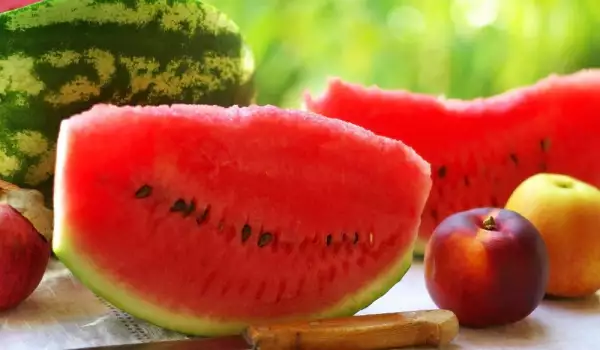
In fact, watermelon rind is also edible and can be cooked as a vegetable. A fairly common dish is fried, boiled or pickled watermelon rind in Chinese cuisine. When the Chinese fry watermelon rind, they first peel it, slice it, and fry it in olive oil flavored with garlic, chili peppers, onions, sugar, and rum.
As a specialty, marinated watermelon rind is also more common in Russia. Unique summer cocktails and drinks are also made from watermelon. In various places around the world, the oval shape of the whole ripe watermelon is filled inside with some alcoholic drink, such as mint, mastic. You can do this either with a syringe or through a hole in the rind, by waiting for the alcohol to spread throughout the inside of the watermelon. The use of watermelon is also wide as a flavoring agent for various other drinks.
Benefits of Watermelon
One piece of watermelon (about 1/16-tenth of it) contains large amounts of vitamin C and beta carotene, which helps protect against various forms of cancer due to its antioxidant properties. Watermelon is also high in potassium, which helps regulate heart function and normalizes blood pressure. It is also a good source of fiber, which helps maintain proper bowel function and works to prevent colon and rectal cancer. Watermelon seeds contain cucurbocitrin, which helps lower blood pressure and improve kidney function.
Watermelon helps cleanse our body of toxic products, which makes it a suitable food for problems with the excretory system. They contain a lot of fluid and favor kidney diseases, preventing kidney stones and help with some diseases of the heart, liver and bile, also in the treatment of gout. Up to 2.5 kg of juicy sweet potato per day can help people suffering from obesity to lose weight.
Watermelons contain much less carbohydrates compared to green peas, apples, oranges. That is why watermelons are a good food for people with diabetes, for whom the recommended daily intake of watermelon is about 200-300 g per day. Watermelon fructose is believed to improve liver function, along with the absorption of proteins, fats and carbohydrates.
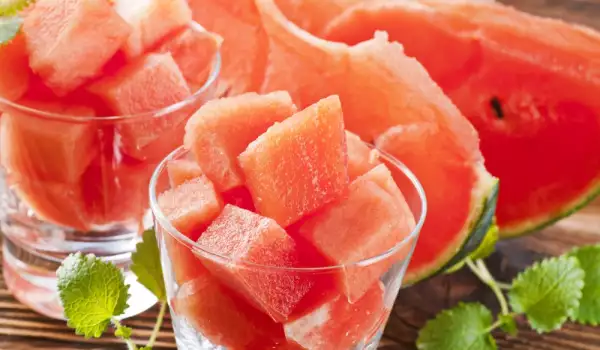
If you suffer from constipation, even if it is chronic, watermelon could be of great benefit to you because of its high levels of magnesium and fine cellulose. Regular eating of the juicy fruit will regulate the peristalsis of the intestines and stimulate the release of bile juice. Due to the fact that it is low-calorie, watermelon is part of various diets and is very suitable for food during unloading days.
Weight loss with watermelon
The Watermelon Diet can be confidently recommended to people of any age. As it turned out, watermelon is almost completely devoid of vitamins, but on the other hand, it contains large amounts of easily digestible sugar - fructose and glucose. The weight loss regime with watermelon must be followed for 5 days - this is exactly the period needed by the body to cleanse itself of slags and unwanted salts.
Curious facts about watermelon
Watermelon is a healing wonder that is supposed to help in many different ways. Watermelon juice can relieve muscle pain because it contains citrulline. Watermelon consumption lowers blood pressure, can improve vision and eye health, because the fruit is high in vitamin A and because of the high concentration of lycopene, a phytochemical, can reduce the risk of cancer.
Watermelon can be eaten raw or pickled. In southern Russia, watermelons are sometimes preserved by fermenting them with cabbage, as are apples. Pickled green watermelons enjoy the same popularity as Royal Pickle, Pickled Cauliflower, Pickled Chili Peppers, Pickled Carrots, Colorful Pickle.
The cheerful red color of watermelon comes from lycopene, an antioxidant considered more powerful than beta-carotene and found in even greater abundance than that in tomatoes. Unlike other caritenoids, lycopene is not converted to vitamin A. Your body needs more lycopene if you smoke or regularly drink alcohol.
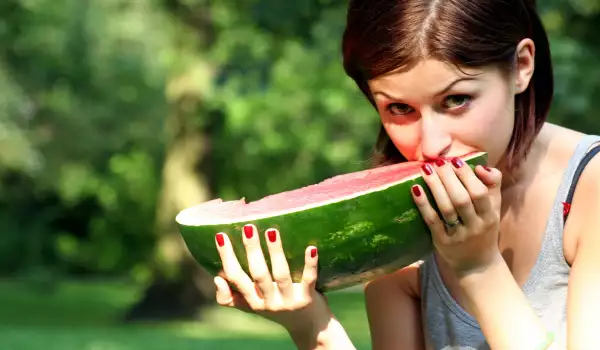
The writer Mark Twain was a fan of watermelon and called it angel food.
Every cell in the body needs water. Watermelon is 92% water, so eating it is an easy way to stay hydrated. Still, you shouldn't overdo it, because the glycemic index of watermelon is high.
Due to its high content of water, antioxidants, amino acids and potassium watermelon is recommended immediately after a workout.
Watermelon also contains a natural pigment called beta-cryptoxanthin, which can protect our joints from inflammation.
Vitamins A, B6 and C in watermelon help the skin to be hydrated, smooth and elastic. Melon has the same effect, so they can be used in various combinations of fruit face masks that are easy to prepare at home.
A cup of delicious ice cream can provide you with about 300 calories. You can enjoy the same amount of watermelon for just 40 calories. Unlike many other high-calorie desserts, watermelon is fat-free. To make sorbet, put watermelon in a blender, lime juice for a special flavor, mix well and put in the freezer until it hardens. You will like Watermelon Sorbet.
If you have a digestive disorder, Crohn's disease, or colitis, you have a pretty long list of foods you shouldn't eat. You can whitelist watermelon. The fleshy part of the fruit is soft, juicy and easily digestible.
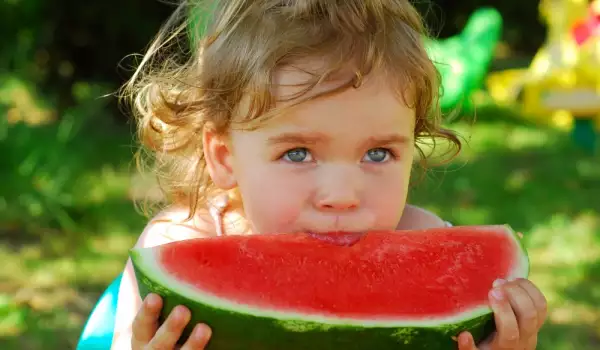

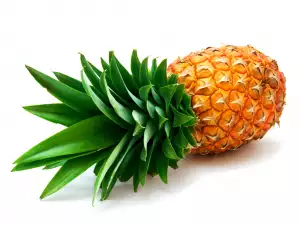
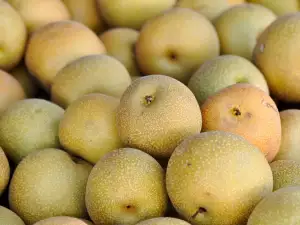

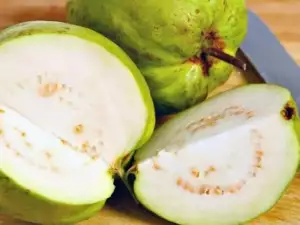
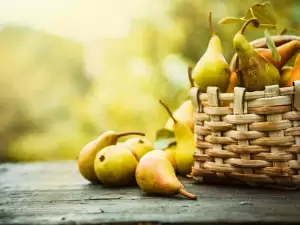
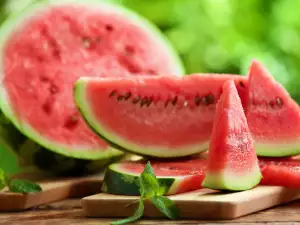
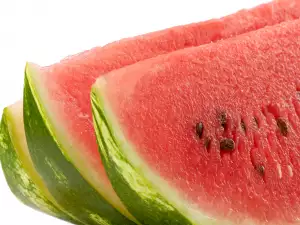
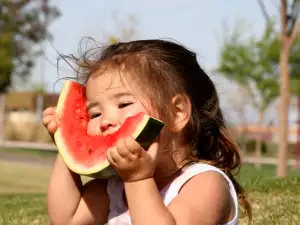

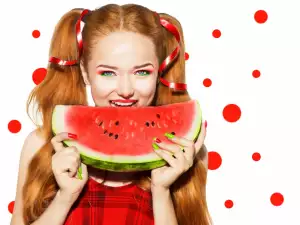



Comments